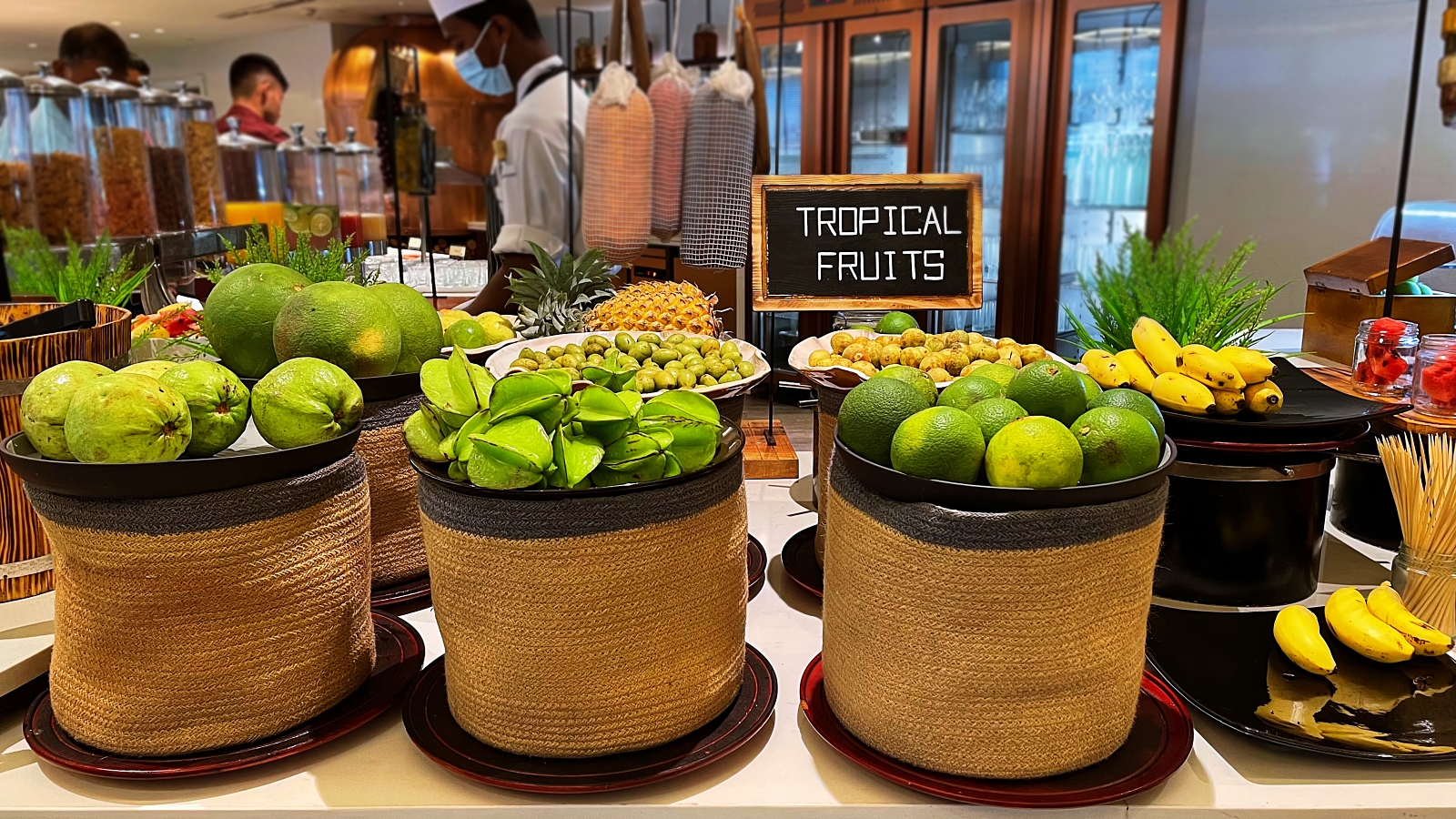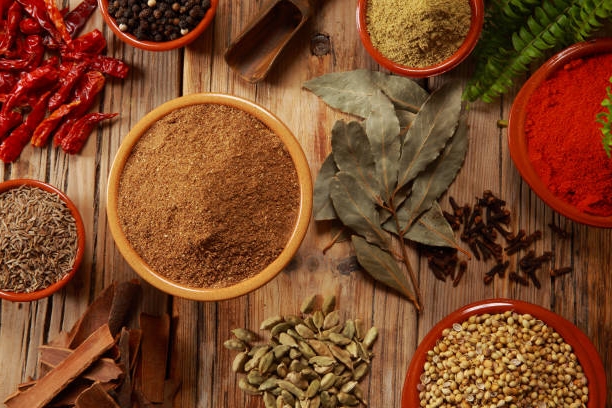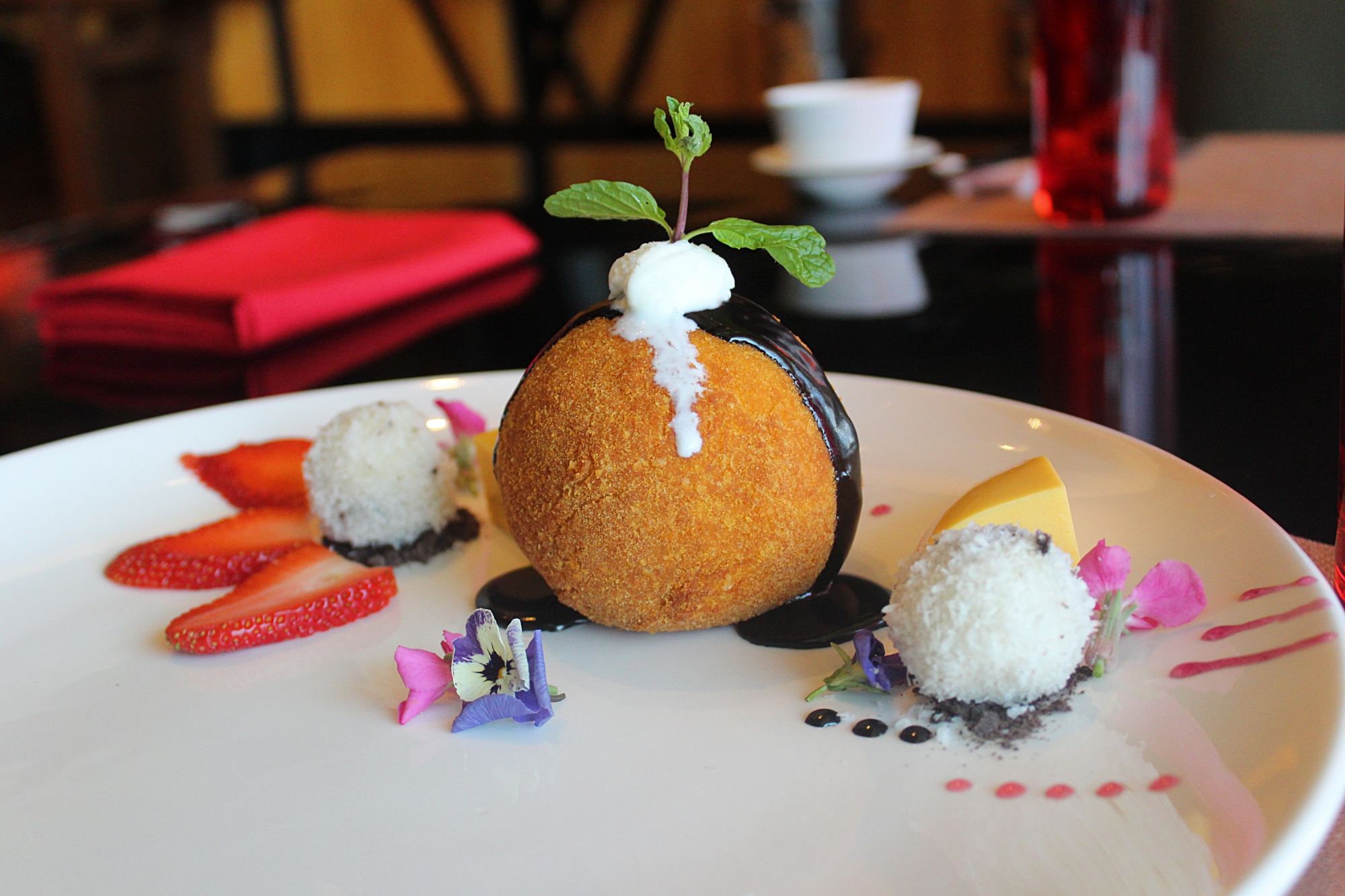Try these Nutrient Rich Tropical Fruits in Sri Lanka
Due to its proximity to the equator, Sri Lanka enjoys a tropical environment that is ideal for agribusiness. Sri Lanka has established itself as a significant exporter of tropical fruit and vegetable varieties today, providing consumers across the world with unusual variety. Generally less well-known but in high demand tropical fruits varieties including Rambutan, passion fruit, mangosteen, star fruit, soursop, Uguressa, and star fruit are exported from Sri Lanka. They are grown on Sri Lanka’s fertile soils under favourable climate conditions. These fruits are renowned for the nutrients they contain and the health advantages they provide to customers.

Table of Contents
Rambutan
The fruit known as the “hairy rambutan” is as exotic-looking as it is. The rather thick rind that has a spikey, hairy layer covers the tasty, mushy fruit. To get to the fruit’s edible portion, you must remove this crimson or yellow skin. The Malwana district of Sri Lanka is renowned for producing the sweetest, fleshiest rambutans, which are carefully looked at and harvested. Rambutan has a variety of advantages for your health. It is abundant in minerals like iron in addition to vitamins A and C. The rambutan’s high iron content prevents anaemia and improves general health.
Rambutan also aids in lowering LHD cholesterol, commonly known as bad cholesterol, which can result in heart conditions and ultimately death. Rambutan’s abundant antioxidant content further thwarts the growth of cancer cells. This sweet fruit aids those who experience constipation and is also known to rejuvenate skin and promote immunity.
Passion Fruit
Passion fruit, scientifically known as Passiflora edulis, has a tangy, sweet-sour flavour. The round fruit has a diameter of two to three inches. The passion fruit pulp is a rich source of vitamins and minerals. Its rind is noteworthy. When you cut it in half, you’re met with the edible, golden pulp that is both juicy and aromatic – an aroma that is frequently imitated in scented candles and bath soaps.
Passion fruits are a rich source of vitamin C and it lessens the chance of cold, help with inflammation, and keep your skin looking fresh. It is believed that one passion fruit supplies 8% of the daily Vitamin A and the flesh maintains your eyes healthy and boosts immunity. Additionally, minerals including phosphorus, calcium, magnesium, potassium, and folate are abundant in passion fruit.
Durian
The durian has been popular in the West for nearly 600 years. The durian, widely regarded as the king of fruits in Southeast Asia, is notable for its enormous size, pungent odour, and intimidating thorn-covered husk. More vitamins and minerals are present in durian than in most other fruits. But its overpowering odour also contributes to its poor reputation. Traditional medicine uses the leaves, husks, roots, and fruit of the durian plant to cure a variety of ailments, such as high fever, jaundice, and skin disorders. According to studies, durian fruit has the following health advantages: it lowers the risk of cancer. Antioxidants in it may counteract the free radicals that cause cancer.
Durian extract stopped a particular strain of breast cancer cells from spreading in a test-tube experiment. Heart disease is prevented by durian. Several durian components may lower cholesterol levels and your risk of atherosclerosis, or artery hardening. This fruit from the tropics fights disease. Compounds with antibacterial and anti-yeast activity can be found in the rind. Durian may cause a less blood sugar surge than many other tropical fruits since it has a lower glycemic index.
Mangosteen
Mangosteen, or purple mangosteen, is a tennis ball-sized fruit with a very thick fleshy rind. The rind develops a deep purple colour when ripened, hence the name. The edible fruit inside the rind is stark white, contrasting with the purple skin outside. The fruit has a juicy soft texture its taste is a delicious mix of lychee, peach, strawberry, and pineapple. Mangosteen is rich in vitamins and minerals. This exotic fruit is thought to have anti-inflammatory qualities and is a powerhouse packed with antioxidants. Additionally, it is thought to aid with weight loss.
Starfruit
Star fruit, often referred to as Carambola and Five Fingers, is a fruit with a vivid yellow colour that is indigenous to Asia. It has a crunchy, light texture, a little tangy flavour, and a sweet flavour. It has thin, waxy skin. In Sri Lanka, star fruit is widely available, and a bushy tree covered in saffron-coloured stars is a common sight in most backyards. Its nutritional composition is extremely excellent in terms of the advantages it offers people in terms of their health. Nutrients found in star fruit are potassium, calcium, phosphorus, magnesium, and sodium.
The antioxidant-rich star fruit also provides vitamin C and beta carotene, reducing cellular damage. Star fruit will facilitate easy digestion because it is a good source of insoluble dietary fibre. And this is your best fruit if you’re looking for a low-carb, low-calorie, and low-sugar snack. Star fruit is a favourite ingredient in healthy cooking because an average serving has only 28 calories. The antibacterial, antifungal, and antimicrobial properties of start fruit are also well known.
Anoda or Soursop
The sweet fruit anoda, or soursop as it is known in English, has a creamy texture and a rich, potent scent. It can be consumed raw or blended into a delectable smoothie. Many people favour soursop smoothies with a touch of milk and honey. It is one of those fruits with few calories and lots of nutrients, therefore people who enjoy healthy eating and have refined tastes love it. Because it is high in antioxidants, soursop can combat dangerous substances called free radicals that destroy cells. Soursop has antimicrobial qualities as well and can lessen inflammation. According to certain research, it can also be used to treat high blood sugar levels. Additionally, it has been discovered that this fruit may even be able to reduce the chance of developing several chronic diseases.
Governor’s Plum
Native to Asia and Africa, Flacourtia indica is a plant. This tree, which has a half-inch long fruit, is known by several different names, including Madagascar plum, Ceylon plum, Governor’s plum, Indian plum, etc. In Sri Lanka, it is frequently referred to as Ugurassa. It portrays a sweet-acidic flavour that some describe as a little sweet and faintly astringent. The fruit’s flesh can be eaten fresh or cooked, commonly in the form of jams and jellies in the latter case.
Numerous health advantages come with this tropical fruit. For instance, it contains significant levels of minerals like phosphorus, calcium, and zinc, and it can be used to treat arthritis. The Governor’s plum, which is high in iron, is beneficial for people who have anaemia. Due to the high concentration of vitamins A, C, and riboflavin in it, it can be used to prevent cough and the common cold. Additionally, it is known to strengthen people’s immune systems.
Ceylon Olive
Wild olives, also known as Elaeocarpus serratus, are a native species to Sri Lanka. It is located in the country’s arid regions. Locals refer to it as Veralu, and when combined with milk and a little sweetener, it turns into a creamy smoothie. It has a mildly acidic flavour that milk and a little sugar perfectly balance. Despite its diminutive size, it is packed with nutrients and has numerous health advantages. It is a useful companion throughout the cold and flu season because it is loaded with vitamin C and will prevent you from getting headaches and sneezes. Ceylon olives are well known for their ability to alleviate diarrhoea by causing constipation. This fruit is utilised in conventional medicine to cure dysentery.



